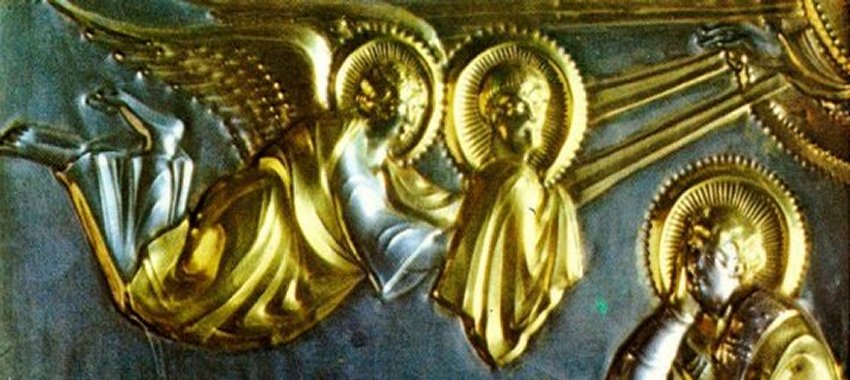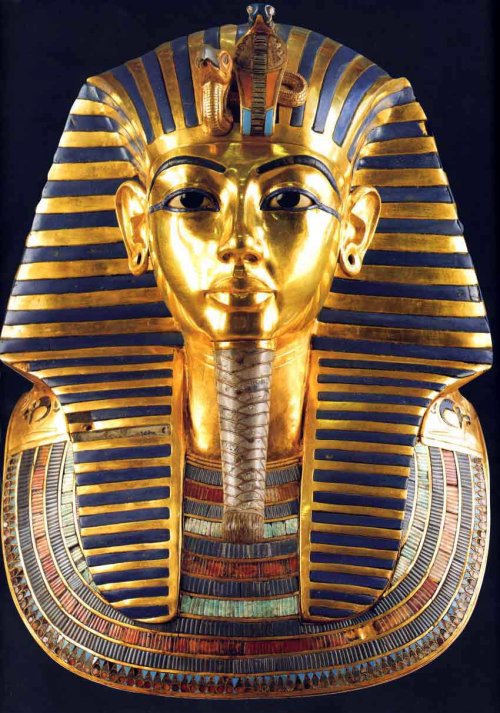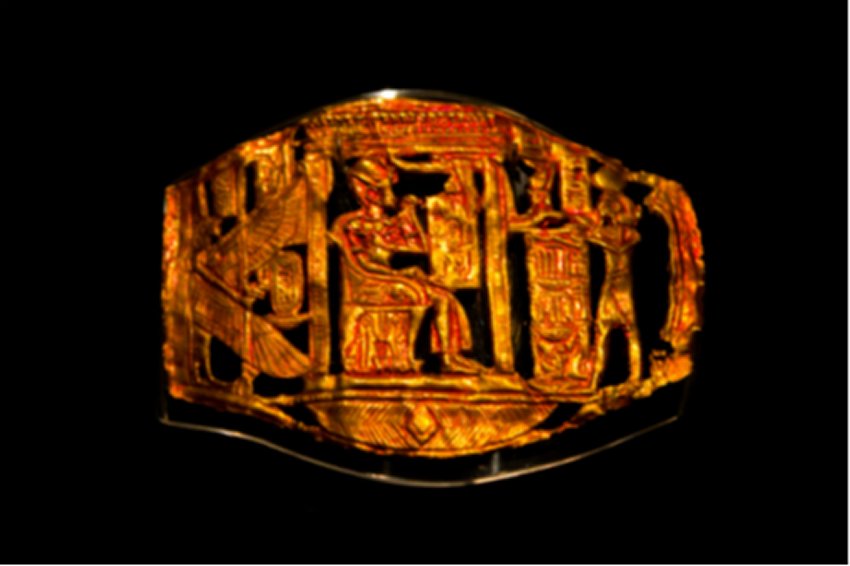Ancient Sophisticated Technologies: Mercury-Based Gilding That We Still Can’t Reach
MessageToEagle.com – Ancients were in possession of very sophisticated knowledge. Ancient gold and silversmiths used mercury, which was produced more than 8,000 years ago in Turkey. Mercury was used for gilding (domes, interiors of cathedrals, religious figures and more) in many parts of the ancient world.
Many of the ancients’ techniques are still unknown. They were so skilled that some of the quality they achieved has still not been matched.
The official version is that electroplating was invented in Italy in the 1800s. However, that is not true because this technology was well-known in ancient Egypt and Babylon. Electroplating is nothing more than a re-invention by created by our modern society. Ancient civilizations had harnessed the power of electricity long ago and were familiar with batteries, telescopes, mirror weapons, as well as carbon arc lighting.
They mastered technologies comparable to our own in the twentieth century.

Over the centuries, smiths have used a range of techniques to process metal. More than two millennia ago skilled craftsmen and artists developed thin-film coating technology unrivaled even by today’s standards for producing DVDs, solar cells, electronic devices and other products.
Understanding these sophisticated metal-plating techniques from ancient times, could help preserve priceless artistic and other treasures from the past.
Gabriel Maria Ingo and colleagues at the Institute for the Study of Nanostructured Materials of the National Research Council of Italy, point out that scientists have made good progress in understanding the chemistry of many ancient artistic and other artifacts — crucial to preserve them for future generations.
Big gaps in knowledge remained, however, about how gilders in the Dark Ages and other periods applied such lustrous, impressively uniform films of gold or silver to intricate objects.
Ingo’s team set out to apply the newest analytical techniques to uncover the ancients’ artistic secrets.
They discovered that gold- and silversmiths 2,000 years ago developed a variety of techniques, including using mercury like a glue to apply thin films of metals to statues and other objects.

Sometimes, the technology was used to apply real gold and silver. It also was used fraudulently, to make cheap metal statues that look like solid gold or silver.
Fire gilding and silvering are age-old mercury-based processes used to coat the surface of less precious substrates with thin layers of gold or silver.

A small, undecorated artifact with rather plain appearance is believed by some scientists to be an example of a prehistoric, electrical power source. It’s the so-called Baghdad Battery, also known as the Parthian Battery.
The artifact – thought to be a 2,000-year-old electric battery – was found in 1936 by railroad workers in the area of Tel Khujut Rabu, south of Baghdad.
Most sources date the batteries to around 200 BC, but the first known electric battery – the Voltaic pile – was not invented by Italian physicist Alessandro Volta until 1799.
Several experiments showed that the Baghdad Battery was able to produce small current and one thing is certain: the electric current and its practical use were known long before the official invention.
But the question is: For what purpose? What would it have been used for?
There has been a lot of controversy over the Baghdad Battery and a variety of theories regarding the artifact have been proposed.
According to author and researcher Rene Noorbergen who wrote the very interesting book Secrets of the Lost Races the ancient batteries found in the Baghdad Museum and elsewhere in Iraq all date from the Parthian period of Persian occupation, between 250 B.C. and A.D. 650. However, electroplated objects, which presuppose the use of some form of battery, have been discovered in Iraq in Babylonian ruins dating back to 2000 B.C. It would appear that the Persians and later craftsmen in Baghdad inherited their batteries from one of the earliest civilizations in the Middle East.
See also:
- Incredible Anatomical Human Machines – Two Fleshless Bodies Mystery
- Did Our Ancestors Know About Artificial Intelligence?
- Ancient Chinese Ingenuity Created Sophisticated Time Keeping Machines: Proof Of Remarkable Ancient Knowledge
In the 1970s, Dr. Eggebrecht, adirector of Roemer and Pelizaeus Museum in Hildesheim, Germany, who possessed a small statue of the Egyptian god Osiris, from about 400 B.C tested whether there were sign of electroplating.
The object was made of solid silver covered with a layer of gold that was so thin and smooth that he believed it could not have been applied by beating and gluing techniques.
Egyptian King Tutankhamun himself was buried with a belt buckle that appears to have been electroplated.
“Electroplated objects were also found in Egypt by the famous nineteenth-century French archaeologist Auguste Mariette. Excavating in the area of the Sphinx of Gizeh, Mariette came upon a number of artifacts at a depth of 60 feet.
In the Grand Dictionaire Universal du 19th Siècle [The Great Universal Dictionary of the Nineteenth Century], he described the artifacts as ‘pieces of gold jewelry whose thinness and lightness make one believe they had been produced by electroplating, an industrial technique that we have been using for only two or three years.'”
Some archaeologists also suspect that people may have even used electroplating as a way of forging coins. In fact, many of the “gold” coins on display in museums around the world could well be electroplated counterfeits.
In ancient times, these sophisticated methods were used to produce and decorate different types of artefacts, such as jewels, statues, amulets, and commonly-used objects. Gilders performed these processes not only to decorate objects but also to simulate the appearance of gold or silver, sometimes fraudulently.
From a technological point of view, the aim of these workmen over 2000 years ago was to make the precious metal coatings as thin and adherent as possible. This was in order to save expensive metals and to improve the resistance to the wear caused by continued use and circulation.
Recent findings confirm the high level of competence reached by the ancient artists and craftsmen and stresses an artistic quality of the objects they produced could not be bettered in ancient times and has not yet been reached in modern ones.
Copyright © MessageToEagle.com All rights reserved. This material may not be published, broadcast, rewritten or redistributed in whole or part without the express written permission of MessageToEagle.com
References:
The Electric Mirror on the Pharos Lighthouse and Other Ancient Lighting












